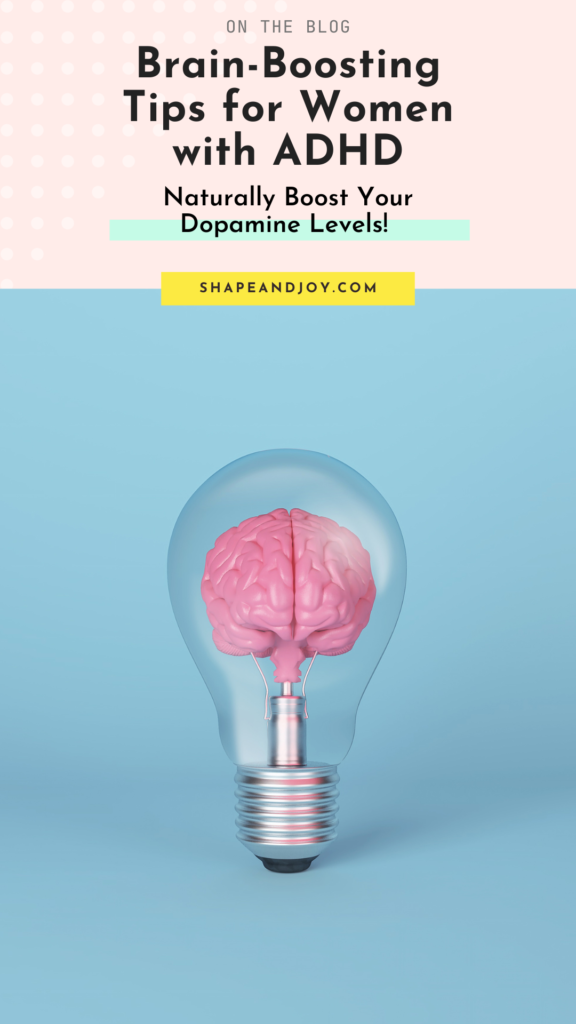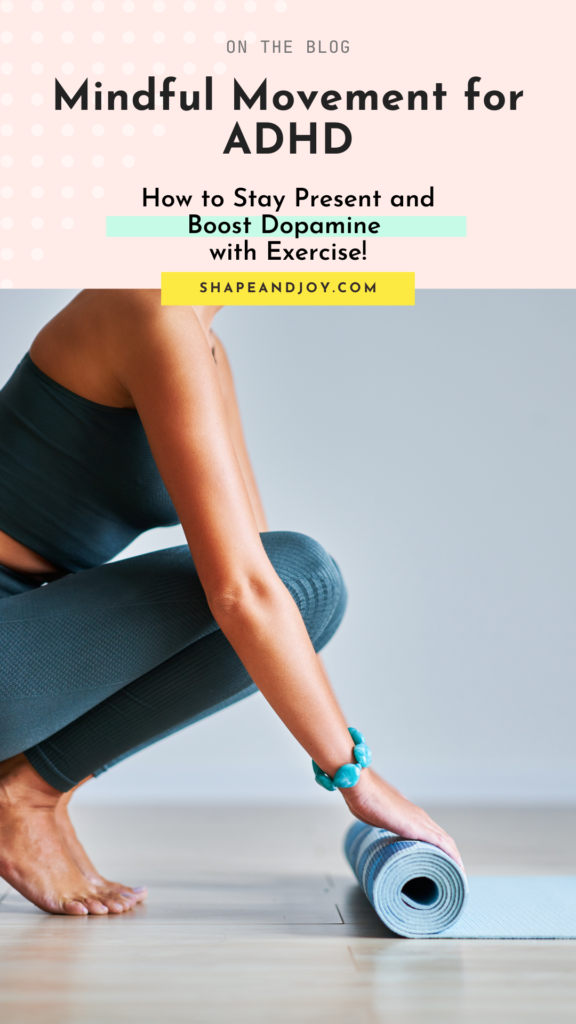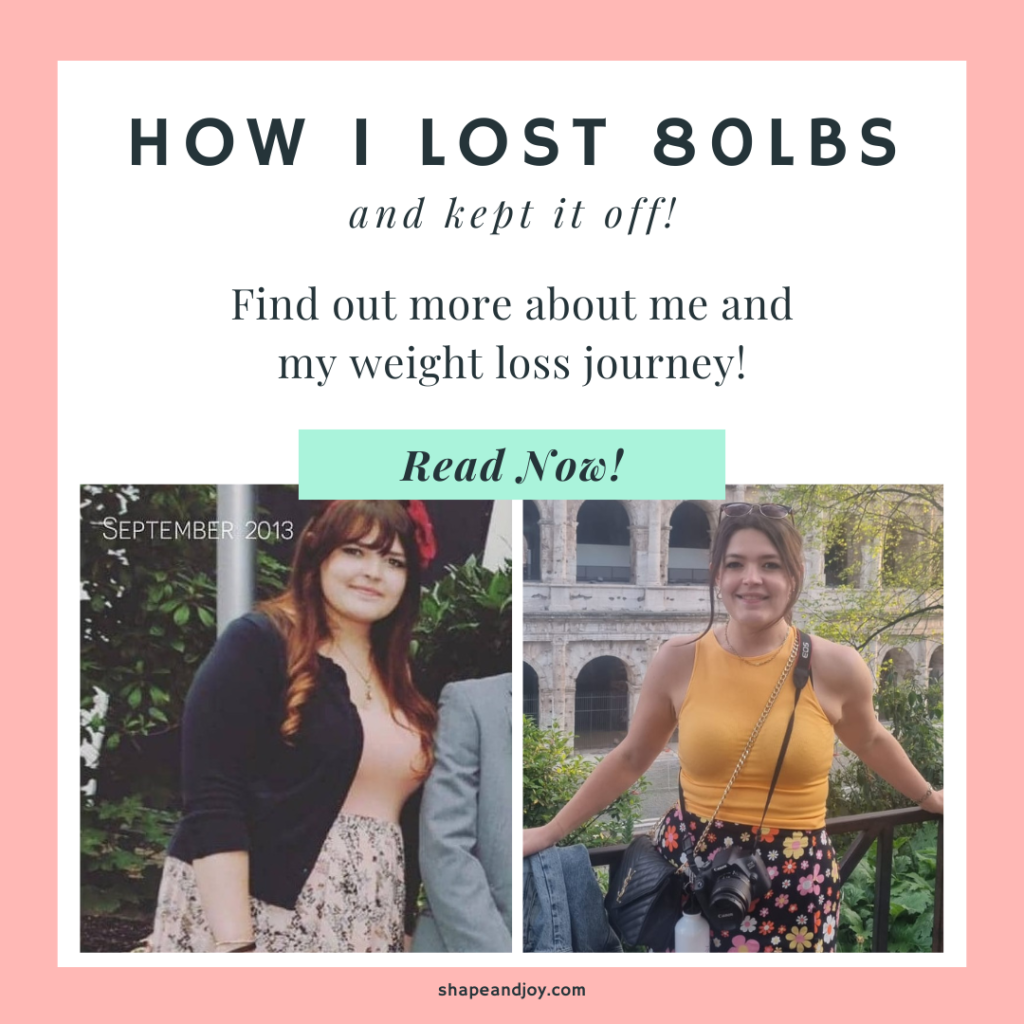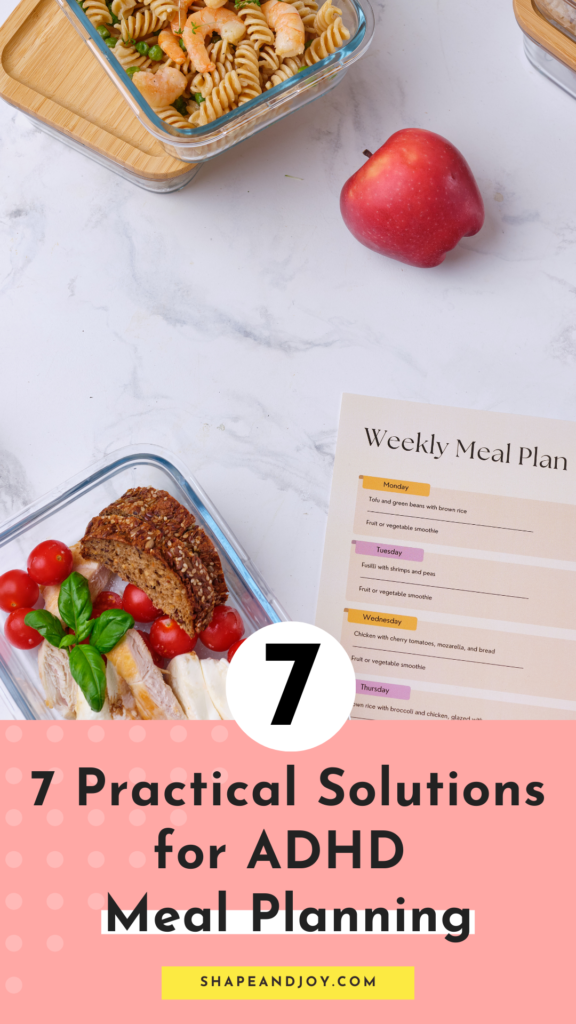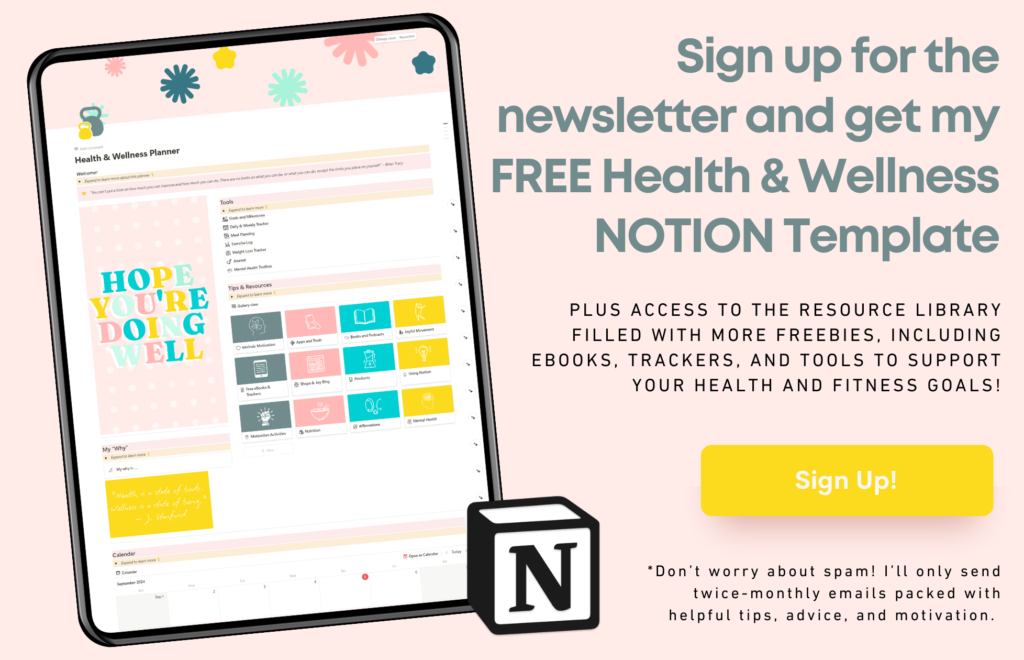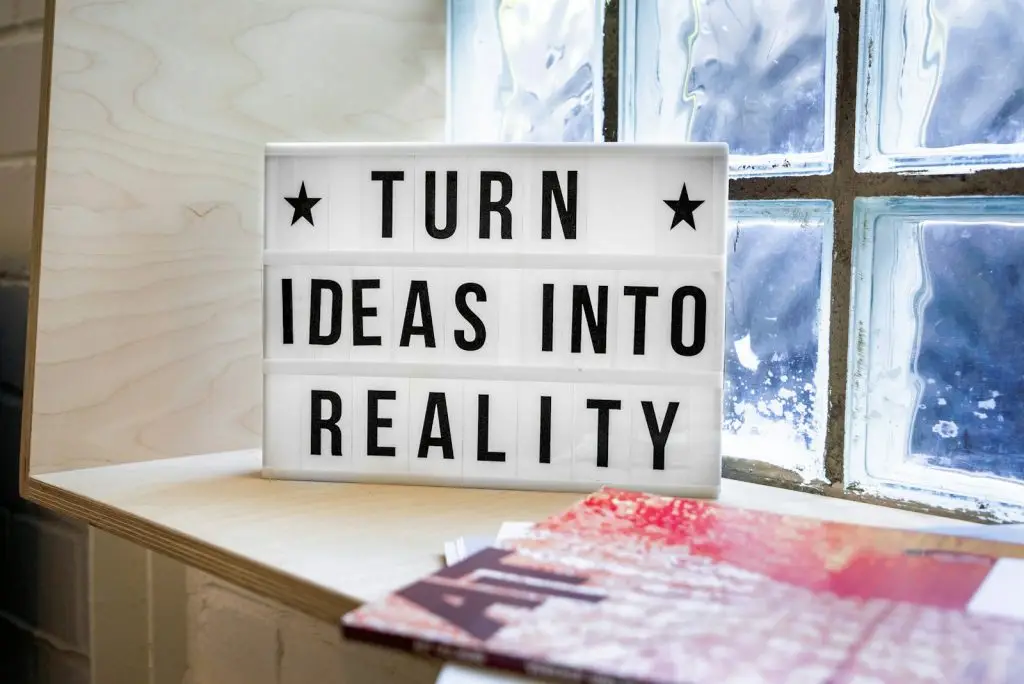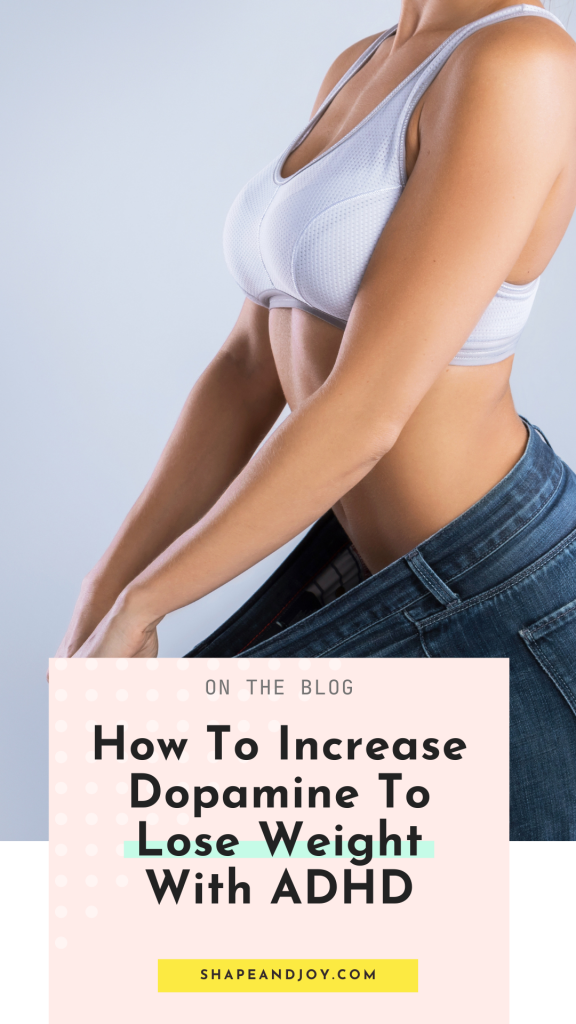Kickstart Your Happy Hormones with This 30-Day Dopamine Boost Challenge
Let’s get real for a second. When was the last time you felt actually excited about life? (Sorry if that’s dark 😬) I’m talking about that dopamine boost, buzzing-with-energy kind of excitement that makes you feel like you can take on anything.
Struggling to remember? You’re not alone.
Most of us are stuck on autopilot—scrolling through Instagram, half-watching Netflix, and feeling more meh than motivated. But here’s the thing: when you feel low on dopamine, everything feels harder.
Focus is elusive, motivation is nonexistent, and even getting through the day feels like a slog.
Dopamine steps in as your brain’s natural motivator—it’s the chemical that gives you those feel-good vibes, drives you to chase goals, and helps you power through tough tasks.
Low dopamine levels make you feel flat, burnt out, and too comfortable staying in your comfort zone.
Sound familiar?
Let’s fix that.
You don’t have to stay stuck in this cycle. Boost your dopamine levels and kickstart your happy hormones in just 30 days.
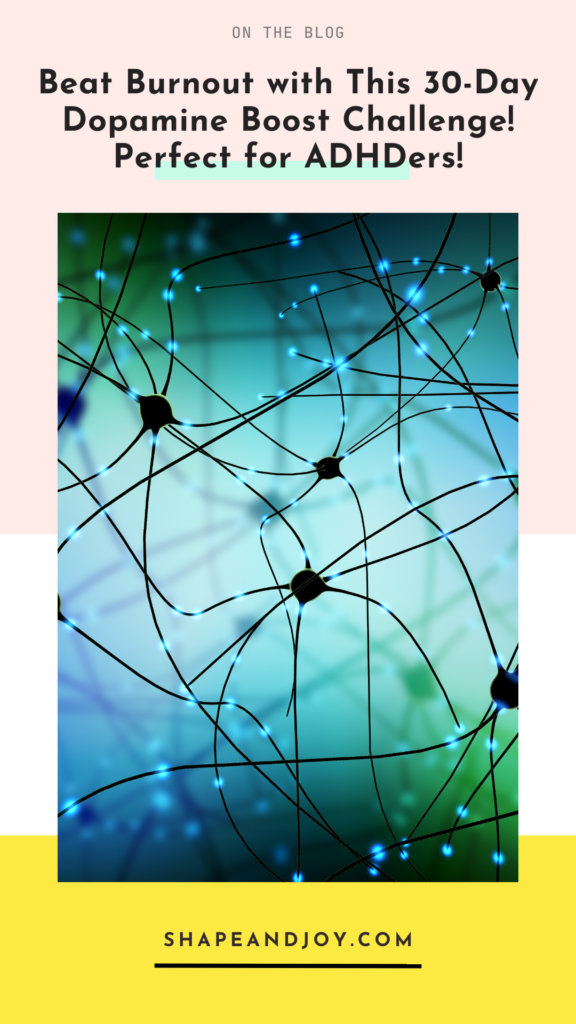
What is Dopamine and Why Does It Matter?
Dopamine is your brain’s hype man. It’s the reward chemical that fires up when you do something your brain thinks is awesome—like crushing a workout, finishing a project, or even just checking something off your to-do list.
It’s that rush you feel when you’re on top of your game and killing it.
Dopamine is what makes you feel good, motivated, and ready to tackle whatever comes your way.
But when dopamine levels drop, things change. Suddenly, getting through the day feels like wading through mud.
You’re tired, you can’t focus, and even the easiest tasks feel impossible.
Low dopamine means low energy, zero motivation, and a whole lot of “I’ll do it tomorrow.” It’s basically burnout’s best friend.
Here’s the good news: you can boost your dopamine naturally. Yep, no crazy supplements or weird hacks—just simple, everyday habits that will have your brain firing on all cylinders again.
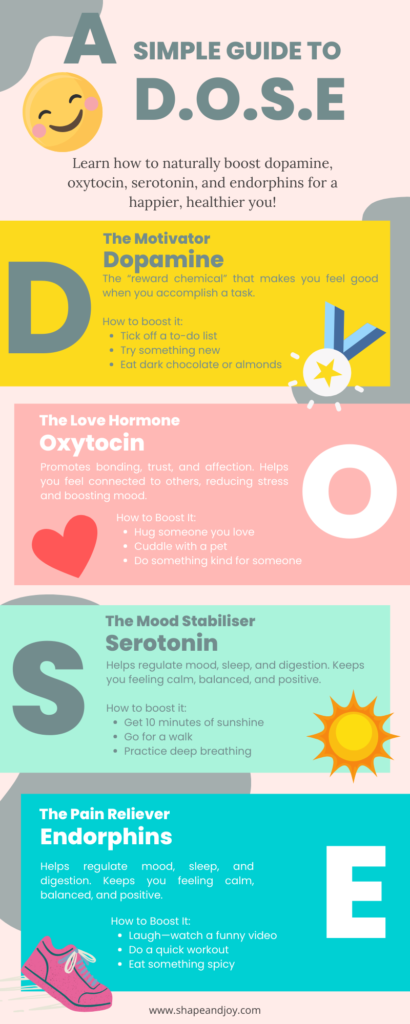
When your dopamine levels are where they should be, you’ll feel more focused, energised, and ready to take on whatever life throws at you. Plus, your mental and emotional health will get a serious upgrade.
Win-win, right?
Signs You Might Have Low Dopamine
Do you feel like you’re dragging yourself through life on autopilot? Like no matter how hard you try, you just can’t get it together? That, my friend, might be low dopamine rearing its ugly head.
Here’s how you can tell if your dopamine levels are running on empty:
You can’t focus to save your life. No matter how much coffee you drink or how many times you stare at that to-do list, nothing’s happening. It’s like your brain is saying, “Yeah, no thanks.”
Motivation? What’s that? Everything feels like a chore. You’re stuck in “meh” mode, and even the stuff you used to love isn’t sparking any joy.
You’re tired… all the time. And not just the “I need a nap” kind of tired. This is that deep, bone-level exhaustion that no amount of sleep seems to fix.

Mood swings for days. One minute you’re fine, the next you’re ready to snap at the smallest thing. Low dopamine can make your mood as unpredictable as British weather.
You can’t remember the last time you truly enjoyed something. That sense of joy or excitement? Gone. Dopamine is the chemical that makes you chase rewarding experiences, and without it, life just feels a little… dull.
If any of this is hitting a little too close to home, don’t worry—you’re not alone. The good news? You can fix it. And that’s where the 30-Day Dopamine Boost Challenge comes in.
Let’s get those happy hormones flowing and kick burnout to the curb, shall we?
How the 30-Day Dopamine Boost Challenge Will Help You Feel More Alive
So, how does this challenge snap you out of your dopamine slump? Good question!
Let’s get into it.
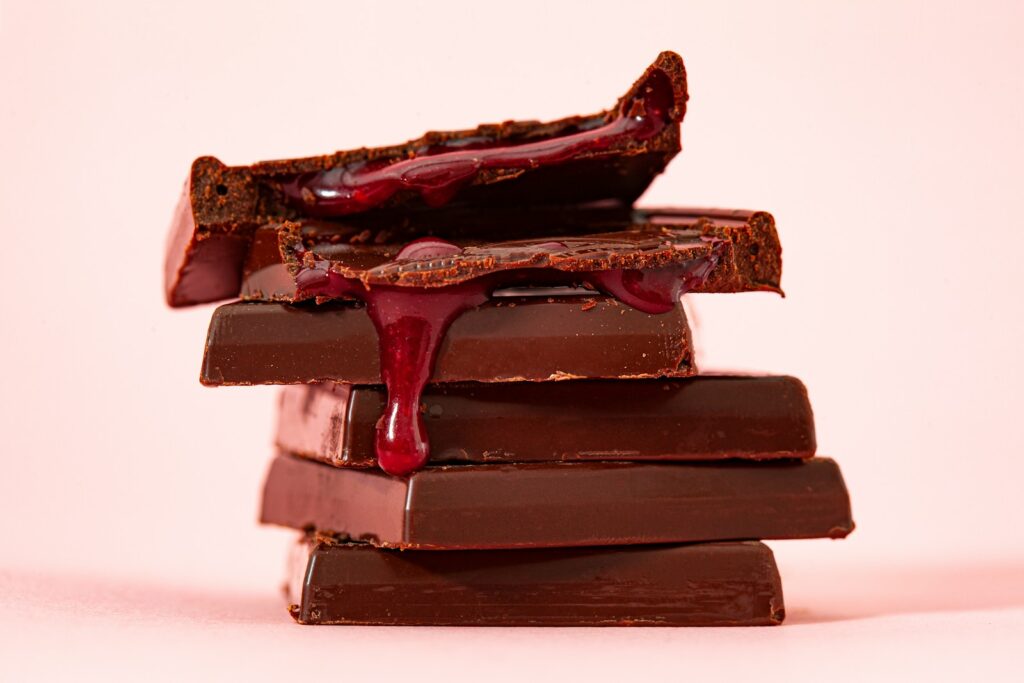
The 30-Day Dopamine Boost Challenge is all about giving your brain what it needs to start firing on all cylinders again.
We’re talking about small, science-backed habits that’ll get your happy hormones buzzing and turn that burnout into pure energy.
You won’t need to overhaul your whole life (who has time for that, anyway?), but these little tweaks are going to make a massive difference.
Here’s what this challenge will do for you:
Daily Dopamine Hits
We’re not going big and crazy here. Instead, think of small, simple actions you can sprinkle throughout your day.
These are the things that will naturally boost dopamine—like adding a quick burst of movement, swapping out your snack for a brain-boosting food, or squeezing in five minutes of mindfulness.

These dopamine hits add up and trust me, your brain’s gonna love it.
Starting your day with low dopamine can make even getting out of bed feel like a challenge, especially if you have ADHD. But a simple, dopamine-boosting morning routine can change everything. Want to learn how to kickstart your day with energy and focus? Check out this low dopamine morning routine specifically designed for ADHD brains.
Burnout Busters
Feeling fried?
Been running on empty for too long?
This challenge hits the reset button on your energy and focus. With easy-to-follow actions to stop the burnout in its tracks and start refilling your mental fuel tank.
You’ll notice more energy, better focus, and a lot less of that ‘I can’t even’ vibe.
Happy Hormone Hacks
Want to feel good? Of course you do.
This challenge offers hacks that boost dopamine to keep you motivated, productive, and, let’s be honest, happier.
We’re all about making things sustainable and easy, so you can actually stick with it.

Energy for Days
Forget those days when you feel like a zombie just going through the motions. By the end of this challenge, you’ll know exactly how to maintain your energy—not just for a few hours, but for the entire day.
These tools will help you maintain steady dopamine levels, so you can avoid the midday slump and feel alive again.
This isn’t just another challenge—it’s your shortcut to feeling better, both mentally and physically. And the best part? It’s built to fit into your life, no matter how busy or burned out you feel right now.
Let’s get those happy hormones flowing and start feeling like yourself again!
One thing that can tank your dopamine levels and stop you from making progress? That all-or-nothing mindset. Thinking you have to do everything perfectly is a surefire way to burn out. If this sounds familiar, check out how all-or-nothing thinking might be holding you back from your weight loss goals—and what to do instead.
Ready to Join the 30-Day Dopamine Boost Challenge?
This is your chance to finally break free from burnout and start feeling like yourself again. It’s time to reclaim your energy, boost your focus, and start enjoying life to the fullest.
Here’s what to do next:
- Sign up for the challenge by clicking here, or on the challenge page below.
- Check your inbox for your welcome email with all the details.
- Get started on your first dopamine-boosting task and let the transformation begin!
The best part? This challenge is completely free—all you have to do is show up for yourself and commit to 30 days of feeling better.
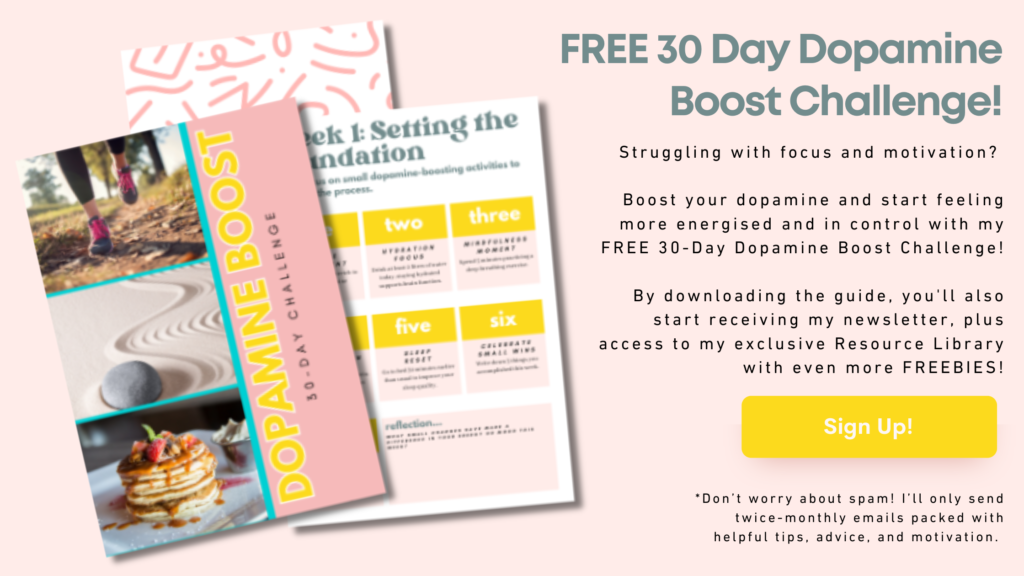
So, what are you waiting for? Join the challenge today and kickstart your journey to better mental health, more energy, and a happier you!
Conclusion: Take Action Now
You’ve been running on empty for long enough. Now’s the time to take charge and give your brain the dopamine boost it needs to help you feel alive again. You deserve to feel good, energised, and ready to tackle whatever comes your way.
Don’t wait. Sign up now for the 30-Day Dopamine Boost Challenge and start your transformation today!
If you’re dealing with ADHD, you already know how challenging it can be to stay on track. Luckily, boosting your dopamine will make a huge difference in both your mental health and your weight loss journey. Want to learn more about how to increase dopamine with ADHD and lose weight? I’ve got you covered.
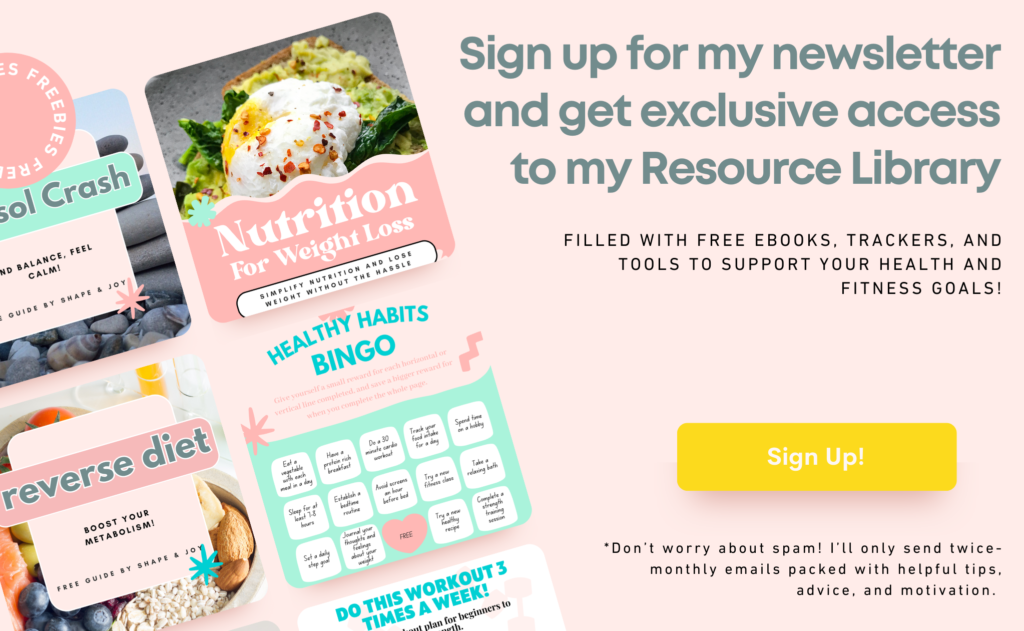
Further Resources
Studies
Low Dopamine and Motivation: When dopamine levels are depleted or dopamine transport is impaired, individuals experience motivational dysfunctions such as fatigue and decreased effort, as seen in studies using animal models of depression and motivational dysfunction (Rotolo et al., 2020), (Yohn et al., 2016).
Burnout and Dopamine: Burnout is often linked to dysfunctions in dopamine signalling, contributing to low energy, reduced motivation, and cognitive impairments. Research shows that low dopamine levels are related to fatigue and emotional exhaustion, as evidenced by altered dopamine-related hormone levels in burnout subjects (Tops et al., 2007).
Dopamine’s Role in Reward and Effort: Dopamine release in brain areas like the nucleus accumbens plays a key role in regulating motivation and effort-based behaviours. When dopamine is blocked or reduced, individuals tend to avoid high-effort tasks in favour of low-effort ones, demonstrating how low dopamine impacts decision-making and motivation (Salamone et al., 2009).
Boosting Dopamine and Motivation: Studies have shown that enhancing dopamine levels can improve motivation and effort exertion. For example, dopamine transporter inhibitors have been found to restore effort-related behaviours, which supports the idea that boosting dopamine can help individuals feel more motivated and focused (Kouhnavardi et al., 2022), (Randall et al., 2015).

